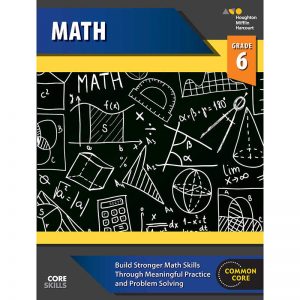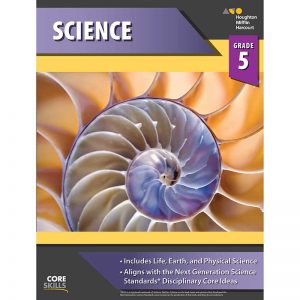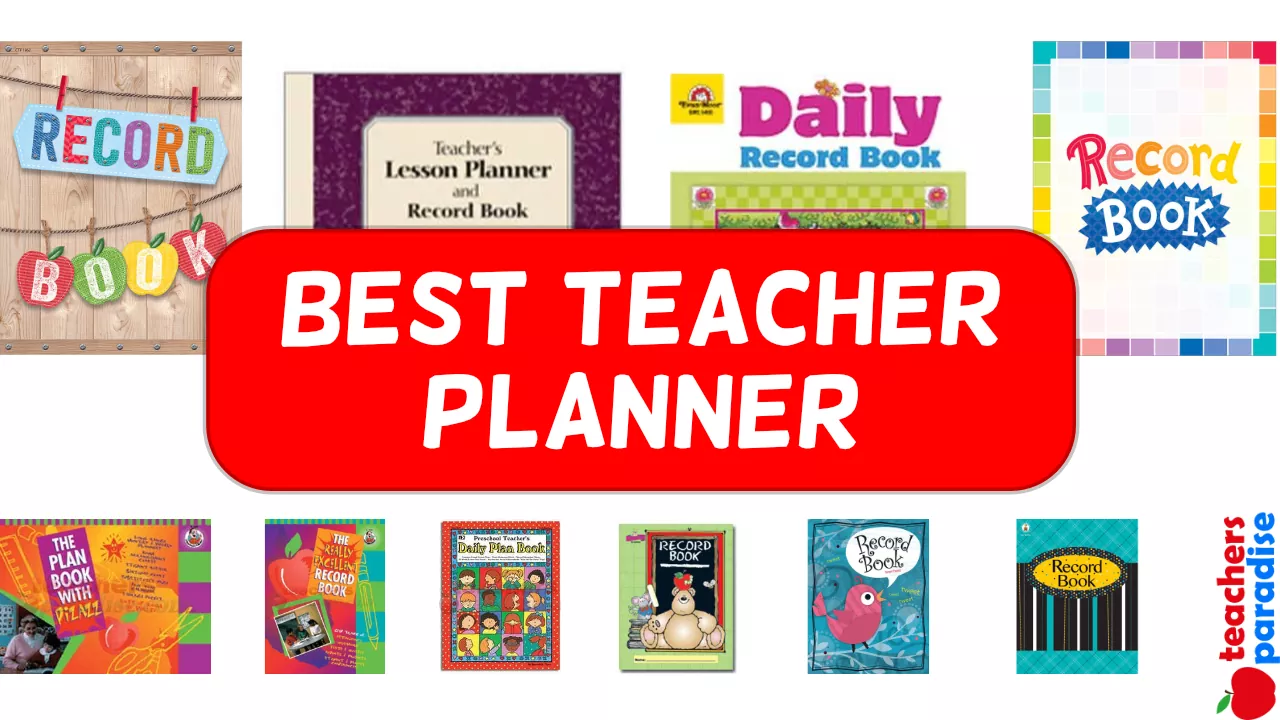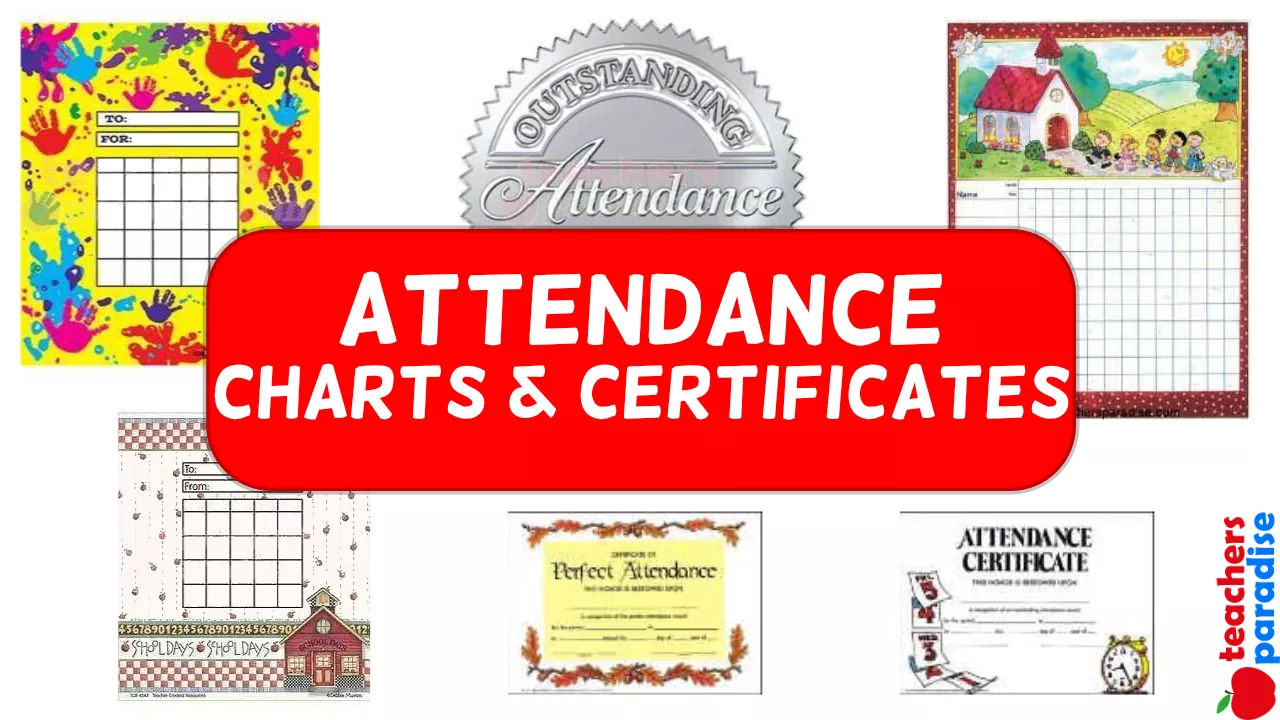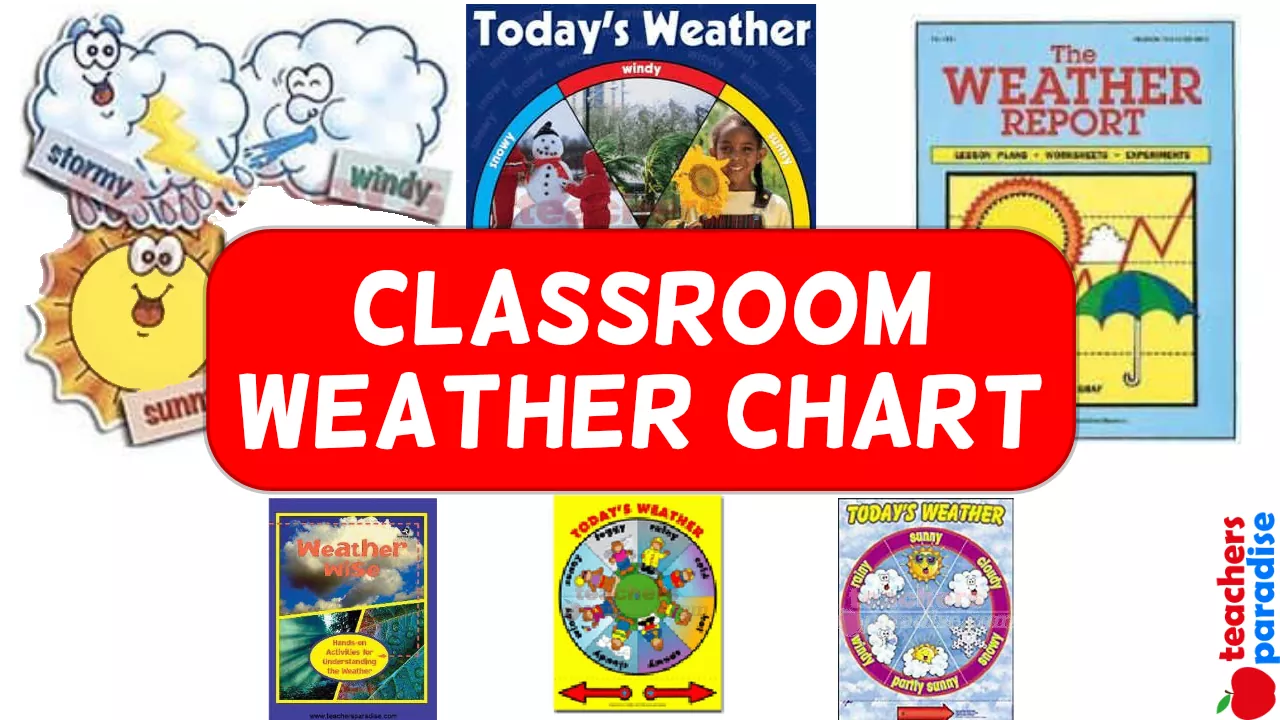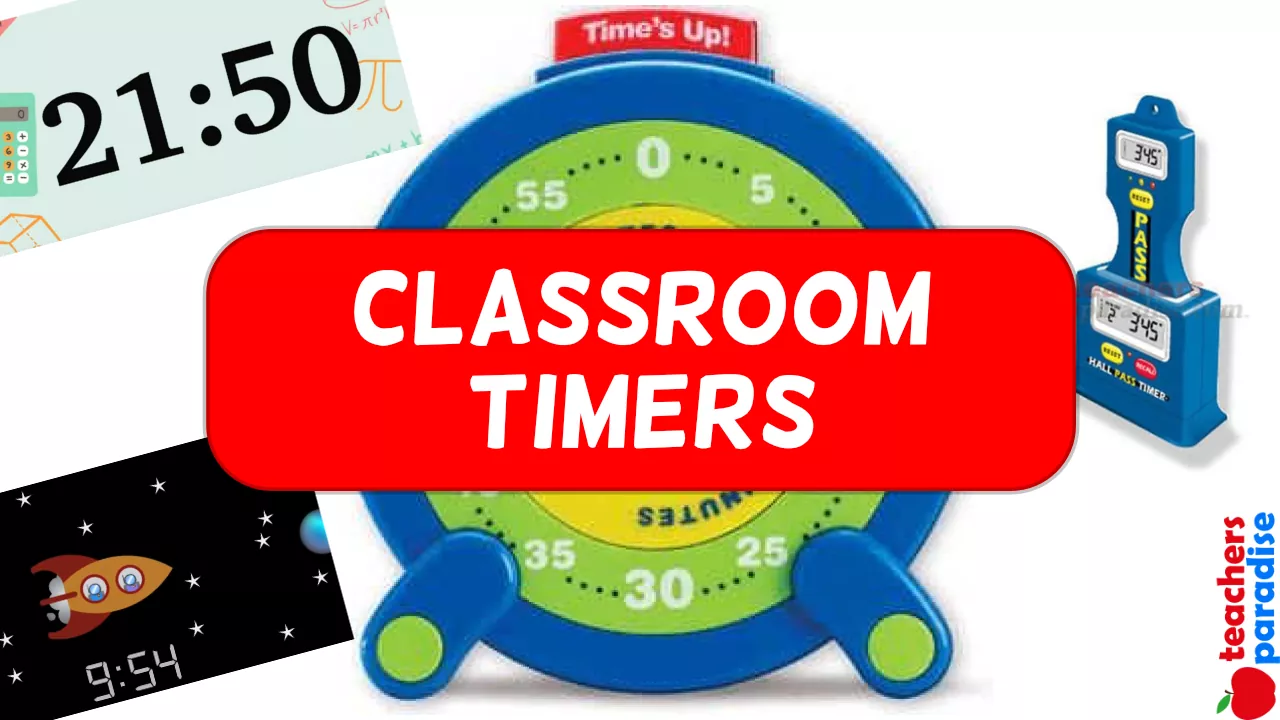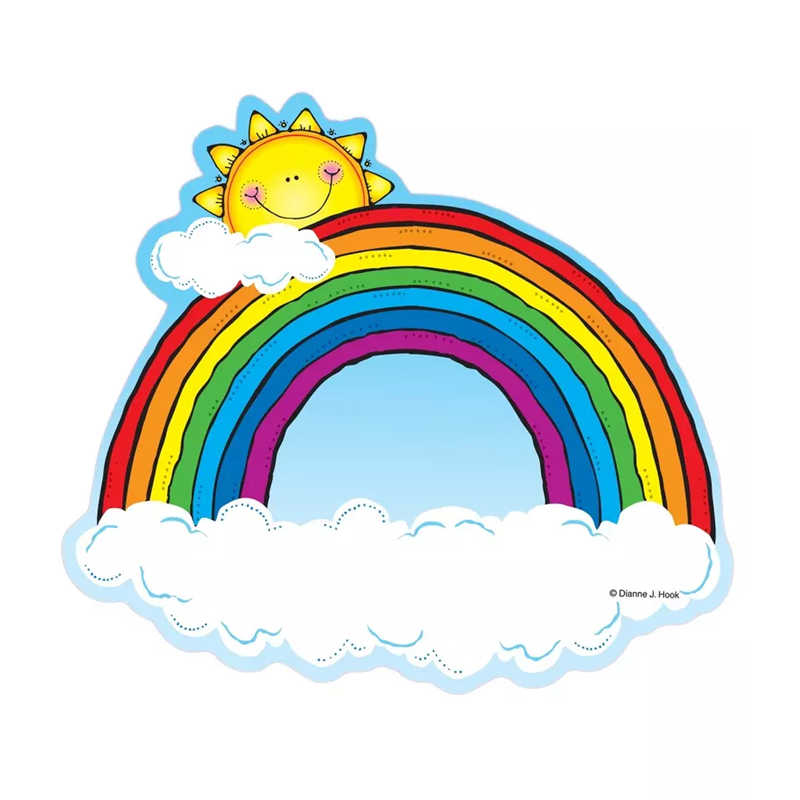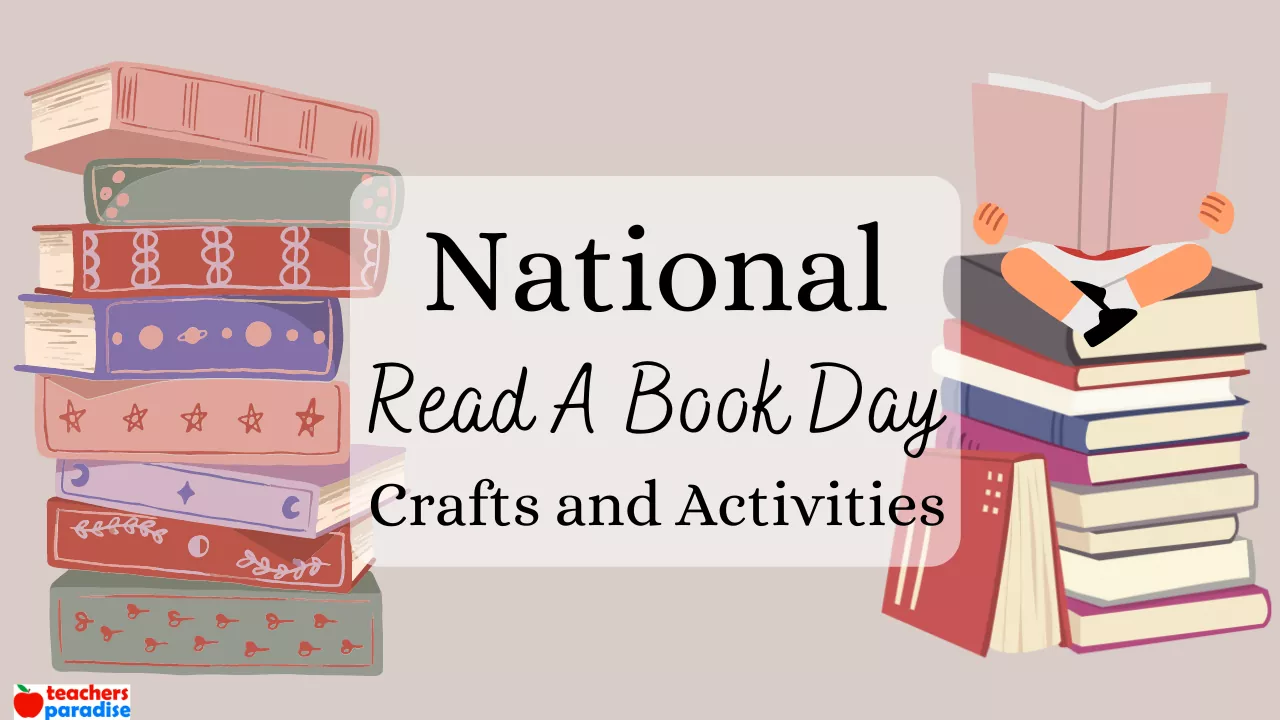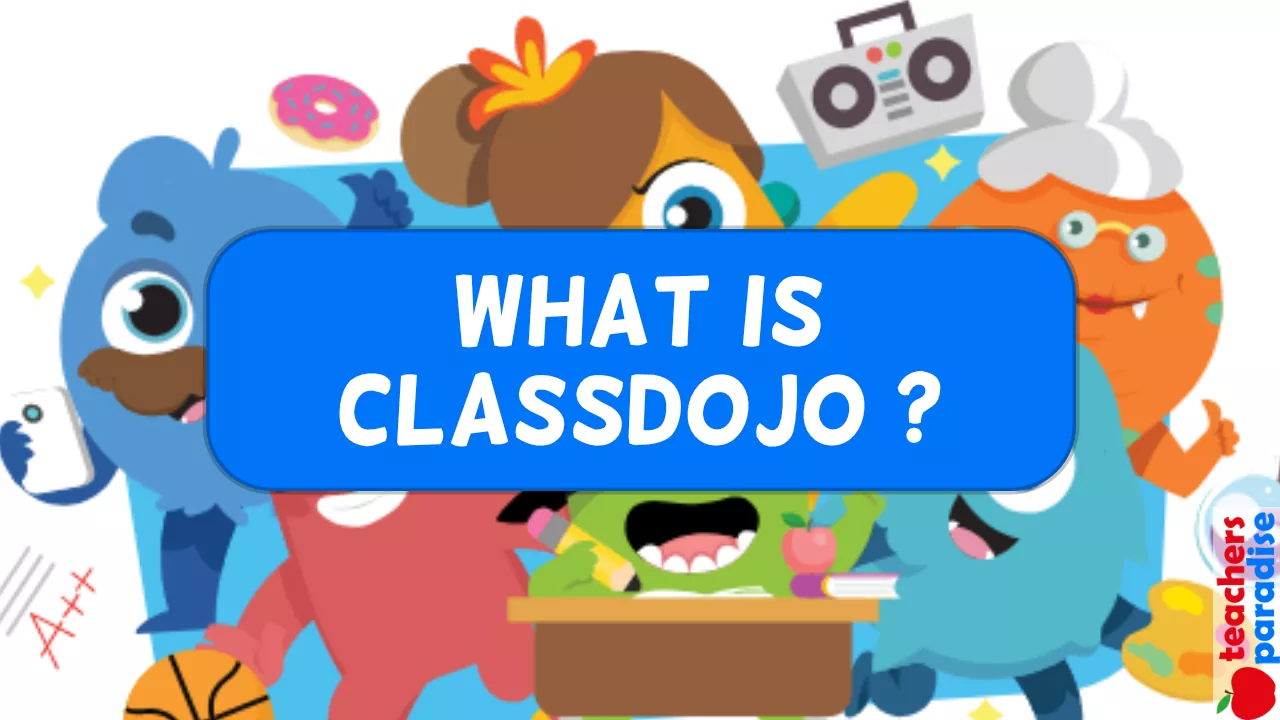The Bear Escape Activity
BEFORE READING
To focus on directional words, set up a mini-obstacle course. Put a pillow on the floor, a chair in front of the pillow, two children holding hands over the route, and so on. Ask a volunteer to complete the course going up, down, through, around, under, and into. Show children the Big Book or small book cover and tell them that they are going to read about a bear who makes some similar moves. Ask children to predict what they think will happen in the book.
READING
Set a purpose for reading. Ask children to think about the sequence in the book as they read along. Remind children they can use both the text and the pictures to help them read the story.
Use questions such as these to guide the reading:
• Why does the bear run up the tree?
• What will happen to the bear?
• What lesson might the bear learn?
WORKSHEET & Sample PDF Activity
Sample PDF Activity
AFTER READING
Ask children what they think about the bear. Do they think the bear is smart? Do they think the bear is brave? Ask them to locate information in the story to support their opinions. Then review predictions children made before reading and discuss whether they were accurate.
Response Activities
Did You See That Bear Run By?
Materials: copies of The Bear Escape
Help children identify the many characters who watch the bear. Have children select several characters and as a group act out what advice the characters might give as the bear runs by (watch out for the bees, run faster). Then they can discuss what the bear might be saying as he runs by.
Bears That Love Honey
Materials: drawing paper, crayons
Ask children to name the bear in the story and draw a picture of it eating honey. Tell them to write the bear’s name on their pictures. Then have them discuss whether real bears eat honey.
PHONICS FOCUS
Identifying Initial b Sound
Reread the story aloud, asking children to hold their hands up like bear claws every time they hear a word that begins with the b sound (bear). Then ask them to name items in the art that begin with the b sound (bees, birds, bass, bullfrog).
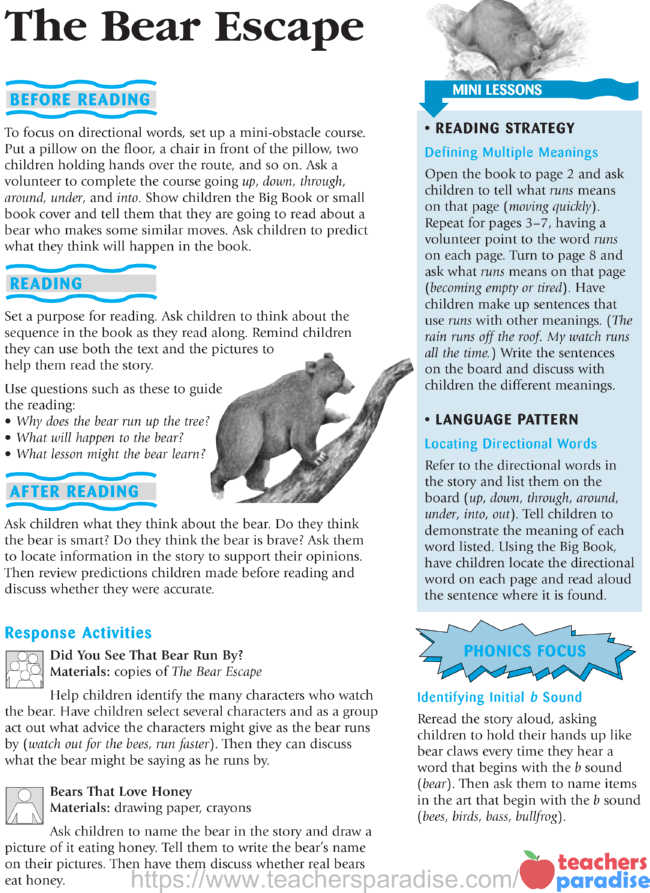
MINI LESSONS
• READING STRATEGY
Defining Multiple Meanings Open the book to page 2 and ask children to tell what runs means on that page (moving quickly). Repeat for pages 3–7, having a volunteer point to the word runs on each page. Turn to page 8 and ask what runs means on that page (becoming empty or tired). Have children make up sentences that use runs with other meanings. (The rain runs off the roof. My watch runs all the time.) Write the sentences on the board and discuss with children the different meanings.
• LANGUAGE PATTERN
Locating Directional Words Refer to the directional words in the story and list them on the board (up, down, through, around, under, into, out). Tell children to demonstrate the meaning of each word listed. Using the Big Book, have children locate the directional word on each page and read aloud the sentence where it is found.

